On the 30th April, Tom Finney, the Preston plumber, retired from football after the home match against Luton Town at Deepdale which the Lilywhites won 2-0.

Finney down the "wing" at Stamford Bridge, immortalised in a wonderful statue outside Deepdale.
Born in April 1922, Finney joined Preston as an amateur in 1938 and he turned professional in 1941 despite serving in the 8th Army (with my dad!). I don't think they crossed paths.
Finney was able to play down both wings and also as a centre-forward, winning 76 caps for England scoring 30 goals. He made 433 appearances for Preston and scored 193 league goals and 26 in the Cup. He led Preston to the 1954 FA Cup Final, losing to West Bromwich Albion 3-2 in a game he declared was his worst performance ever.
Having hung up his boots, he probably spent a bit of time repairing leaking pipes although he was persuaded to play for Distillery against Eusebio's Benfica in the European Cup three years later.
Finney gathered few rewards from football, apart from a War Time Cup medal beating Arsenal 2-1 in 1941 and a 1951 Second Division championship.
Prince Roberta Lanza di Trabbia, the President of Palermo, saw Finney play and offered him untold riches to sign for the club. The Preston board declined and he so stayed with his £14 per week wage, £2 win and £1 draw bonus and the rewards of his plumbing business. He soon retired and Preston quickly fell into decline. They could have used their new riches to buy themselves out of trouble.
Finney was voted Football League's player of the year twice.
He was knighted in 1998 and died on February 14th 2014 .
Bill Shankly that "he would have been great in any team, match or in any age, even wearing an overcoat".
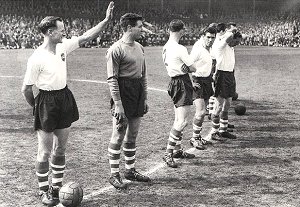



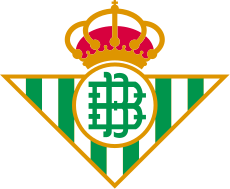




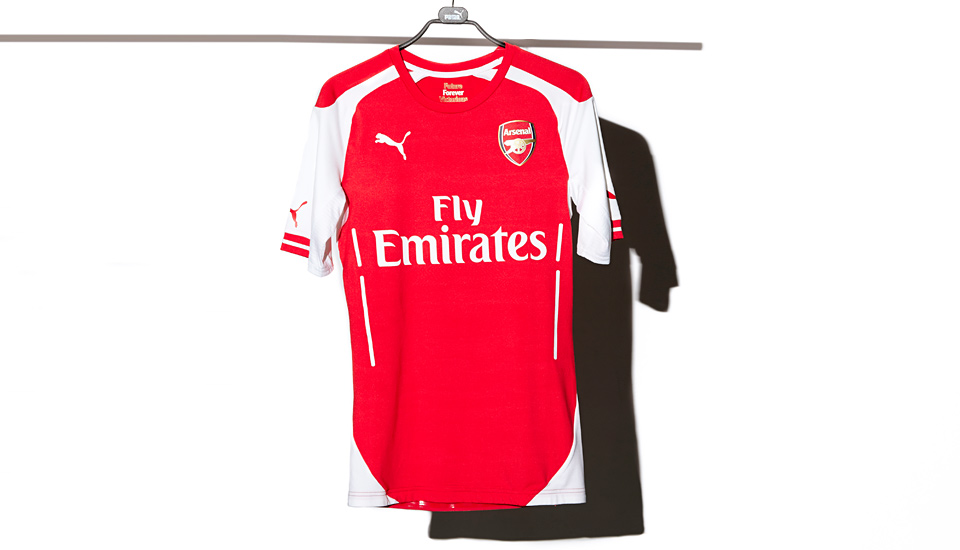
 Gainsborough Trinity, a team that had never been promoted nor relegated in their existence, since 1873, made the news this week when they were beaten 3-2 by AFC Telford having been 2-0 up, in a vital National League North match. Vital points lost, meant that Trinity were finally relegated to the Northern Premier League. Previously their movement between leagues and divisions had been due to official "rearrangements"!
Gainsborough Trinity, a team that had never been promoted nor relegated in their existence, since 1873, made the news this week when they were beaten 3-2 by AFC Telford having been 2-0 up, in a vital National League North match. Vital points lost, meant that Trinity were finally relegated to the Northern Premier League. Previously their movement between leagues and divisions had been due to official "rearrangements"!

 If you are a fan this video will be worth sticking in the "scrapbook".
If you are a fan this video will be worth sticking in the "scrapbook".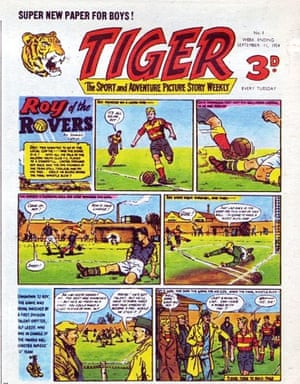


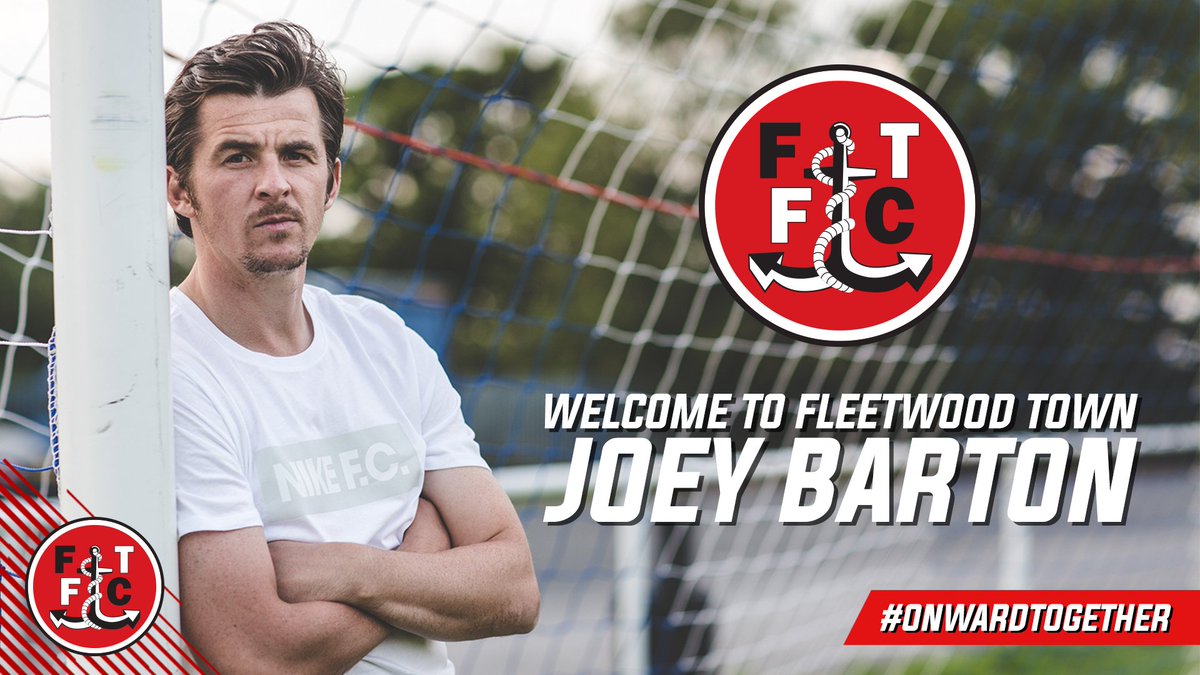
 The Sun rates him......
The Sun rates him......

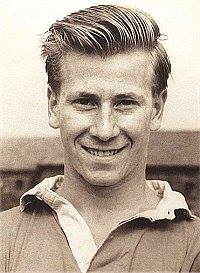




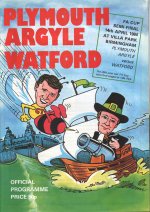 On this day in 1984, I was lounging around in New Zealand. I remember watching the FA Cup Final in a neighbour's house at some ridiculous time in the day. Everton and Watford with Elton John in full regalia played out a steady final tie with the Toffees winning 2-0.
On this day in 1984, I was lounging around in New Zealand. I remember watching the FA Cup Final in a neighbour's house at some ridiculous time in the day. Everton and Watford with Elton John in full regalia played out a steady final tie with the Toffees winning 2-0.

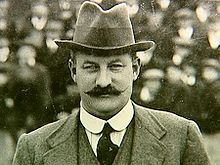 Billy Bassett, William Isiah Bassett, was one of 6 children born to a Midland coal mining family on 27th January 1869. Frail he did not think he would be tough enough to play professional football. His early playing period was with West Bromwich Strollers (1884-5) and then Old Church FC for a year, He then signed for West Bromwich Albion in 1886 staying with them until 1899 having played 261 games, scoring 61 goals from the wing.
Billy Bassett, William Isiah Bassett, was one of 6 children born to a Midland coal mining family on 27th January 1869. Frail he did not think he would be tough enough to play professional football. His early playing period was with West Bromwich Strollers (1884-5) and then Old Church FC for a year, He then signed for West Bromwich Albion in 1886 staying with them until 1899 having played 261 games, scoring 61 goals from the wing.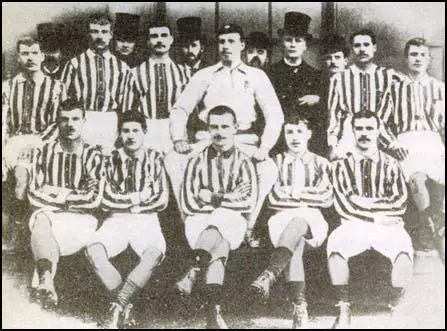

 The "Parting of the Ways". The amateur player who looks like the famed Old Carthusian and England centre-forward G.O.Smith is waving bye-bye to the monster of professionalism. In 1914 the FA eventually allowed the AFA to maintain its independence.
The "Parting of the Ways". The amateur player who looks like the famed Old Carthusian and England centre-forward G.O.Smith is waving bye-bye to the monster of professionalism. In 1914 the FA eventually allowed the AFA to maintain its independence.

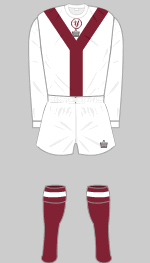 York City 1970s!! This is taken from the following website that has a history for all clubs! I love this.....
York City 1970s!! This is taken from the following website that has a history for all clubs! I love this.....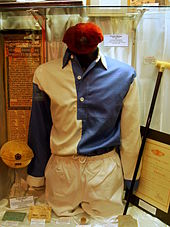
 Here is the United kit worn in 1909!
Here is the United kit worn in 1909!